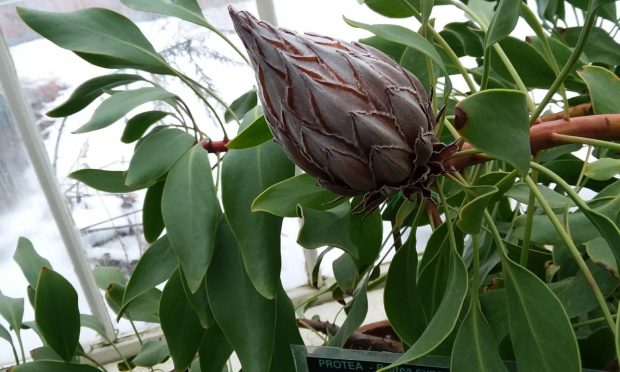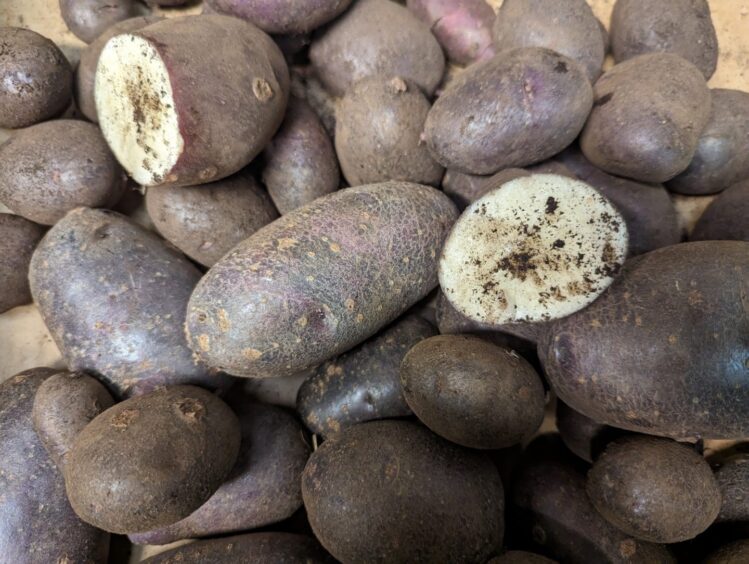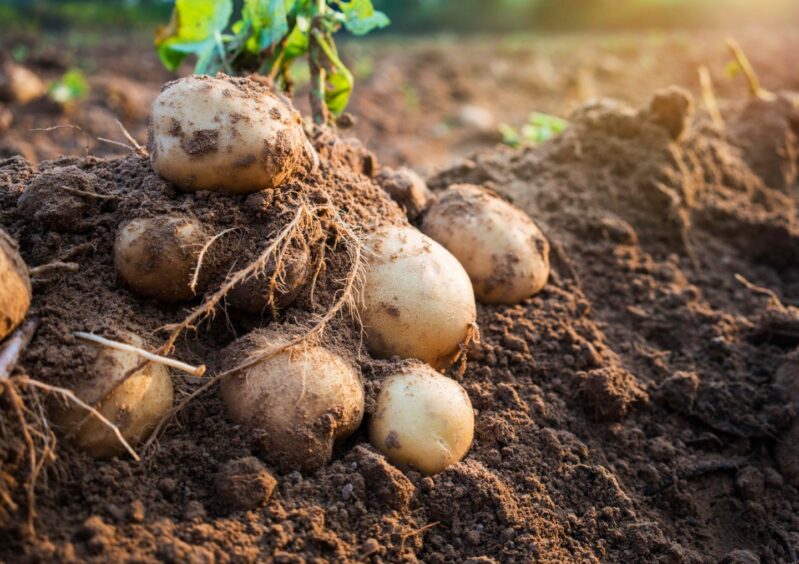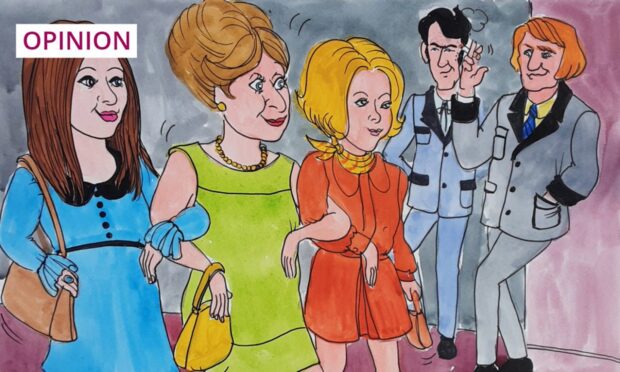The houseplants on the windowsill look jealously out on to the rhododendrons a mere metre away getting a good drenching on the other side of the glass.
I promise them I will grab my tiny watering can and give them a drink soon.
The rain has been very persistent the past few weeks. Not the most inspiring to go out and garden in, I will admit.
My son chimes away time and again ‘I’m hungry’. The kid has hollow legs I swear.
I tell him he’s just like Audrey 2 in the Little Shop of Horrors “Feed me Seymour!”
He’s never seen it, so we stick it on to pass the time on this dreary day. It then got me thinking about some plants in popular movies.
Little Shop of Horrors
Audrey 2 is man eating “mean green mother from outer space” that is mistakenly bought by Seymour as a Venus fly trap (Dionaea muscipula).
Admittedly a giant, singing, version that craves human flesh is somewhat more scary than the real Venus fly trap even if it is in an over the top musical.
That’s not to say though that the real one isn’t fascinatingly gruesome too.
Not only flies meet their demise at the leaves of the carnivorous plants but also ants, beetles, grasshoppers and spiders.
The traps are made from two hinged lobes at the end of each leaf. Each trap on the plant can open and close several times to catch prey before it falls off. Cleverly a new trap is created from underground stems to continue the cycle.
Small hair-like structures called trichomes on the inside of the traps cause lobes to snap shut when touched.
This type of motion in the plant world is known as a thigmonastic movement. Thigmo means a response to touch. Nastic means a non-directional response to an external stimulus.
In the plant world movements are typically nastic or tropic. Both are similar but a nastic movement is a non-directional, whereas tropic is directional.
I’ll explain. So as we’ve just said, an example of thigmonastic movement would be a fly landing on the trichomes of a lobed Venus fly trap causing it to snap shut.
A thigmotropic movement would be the tendrils of a pea (Pisum sativum) wrapping around a pole or net which it touches.
This imparts a directional response making it climb in essence.
The Martian
A family favourite here is The Martian. There was a fair bit of debate as to the authenticity of the potato growing on Mars in the brilliant movie adaption of Andy Weir’s The Martian.
So much so that Warwick university performed a case study on it. When the protagonist Mark Watney is left stranded all alone on Mars after a storm caused his crewmates to flee (mistakenly assuming him dead after being separated).
To survive, Mark starts farming his own potatoes quite ingeniously. Without going through every detail let’s just say a lot of science is applied to recreate the way we would grow potatoes here on planet Earth.
A humid atmosphere is created indoor with poly sheeting and a water from burning left over rocket fuel over an iridium catalyst, extracting the hydrogen from the chemical reaction.
The soil on Mars would be similar in many senses to the soil on Earth save for the fact it lacks reactive nitrogen.
To gain this he uses the leftover poop of the astronauts which had fortunately been individually freeze bagged and dessicated from the toilet unit.
The results of which kills off any nasty human pathogens but provides the much-needed organic matter rich in Nitrogen.
The poop is mixed with his created water into a slurry in which he can place his seed potatoes made by simply slicing the leftover rations of potatoes in half. So far, so scientifically sound.
How about the light levels? On Mars the light quality would be similar to that of northern Canada in midwinter.
Fairly poor for a crop that famously needs lots of sunlight. Again thankfully the protagonist has grow lights on board (which makes sense as he is the botanist in the story).
What about gravity? It is 66% weaker on Mars. Would the auxin hormone still cause downward growth for the tubers? Apparently yes according to Nasa experiments in space.
Discussion into the scenario still continues well passed the release of the book and film however.
Recent discoveries of Martian soil found a chemical compound called perchlorates.
This would be toxic for humans to grow edible crops in. Author Andy Weir’s response?
“You can literally just rinse them out of the soil. Wash the soil, soak it in water, and the water would wash the perchlorates away.”
I’m not sure how chuffed poor Mark Watney would be with this!

















Conversation